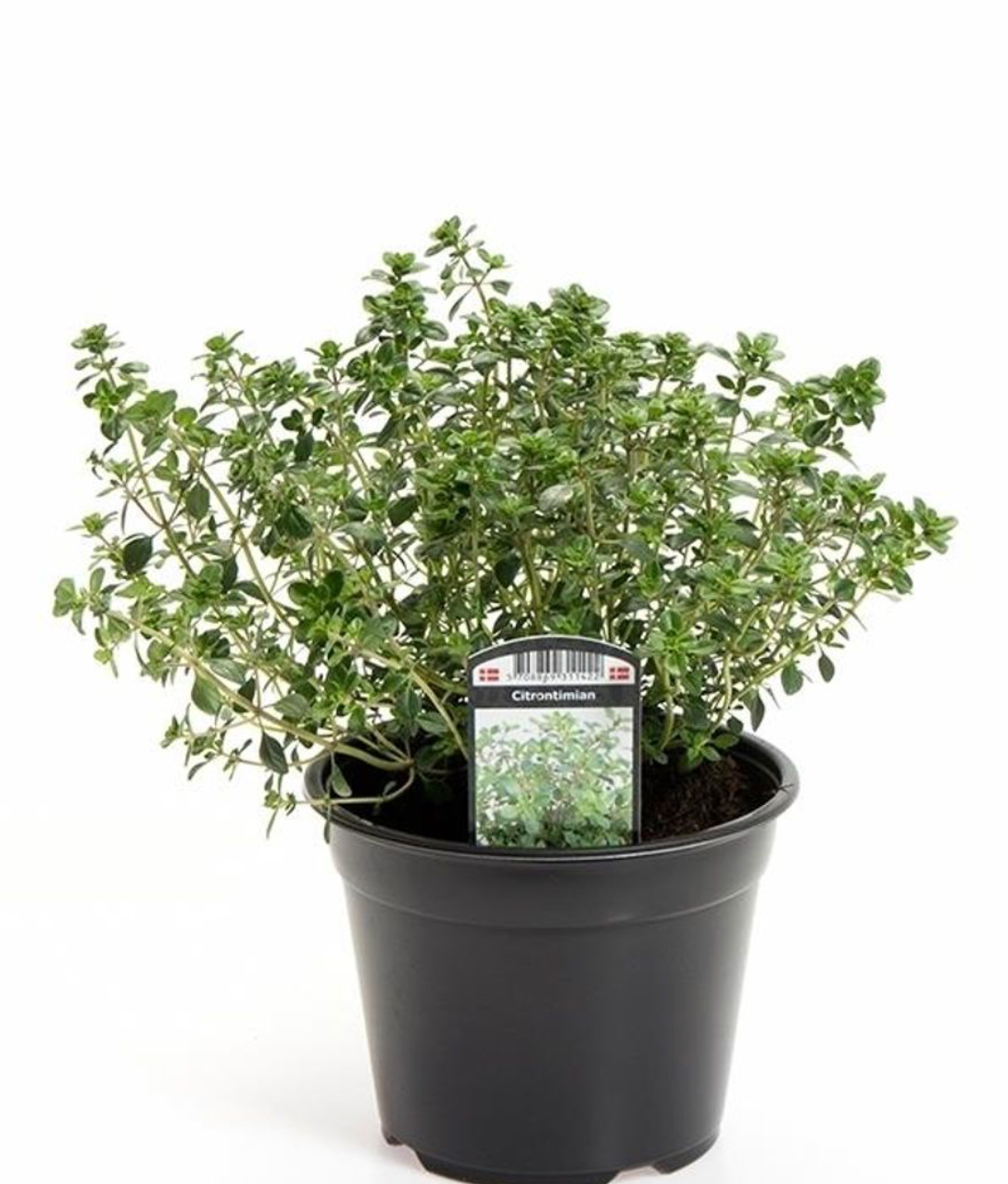زعتر بري مبرغش
زعتر بري مبرغش
Couldn't load pickup availability
thymus doone valley
Thymus doone valley, commonly known as Creeping Thyme ‘Doone Valley,’ is a low-growing and aromatic ground cover plant. Here’s a guide on how to grow Thymus ‘Doone Valley’:
1. Site Selection: Choose a well-drained location with full sunlight. Thyme prefers a sunny environment. Ensure the soil is well-draining, as thyme does not tolerate waterlogged conditions.
2. Soil Preparation: Thyme prefers slightly alkaline to neutral soil. If your soil is too acidic, you can amend it with lime. Work in organic matter, like compost, to improve soil structure and fertility.
3. Planting: Plant Thymus ‘Doone Valley’ in the spring or early fall. Space the plants about 12-18 inches apart. Dig a hole slightly larger than the root ball and place the plant at the same depth it was in the nursery container.
4. Watering: Water the newly planted thyme regularly to establish a strong root system. Once established, thyme is drought-tolerant. Water when the soil feels dry, but avoid overwatering.
5. Mulching: Apply a layer of mulch around the plants to retain moisture, suppress weeds, and regulate soil temperature.
6. Fertilizing: Thyme doesn’t require heavy feeding. A light application of a balanced fertilizer in spring is usually sufficient. Avoid excessive use of nitrogen, as it can encourage lush growth at the expense of flavor.
7. Pruning: Prune thyme regularly to maintain a compact and tidy appearance. Trim back the plants after flowering to encourage bushier growth and to remove spent flowers.
8. Winter Care: Thymus ‘Doone Valley’ is generally hardy, but in colder climates, a layer of mulch can provide winter protection. Trim back any dead or damaged growth in late winter or early spring.
9. Pest and Disease Control: Thyme is generally resistant to pests and diseases. However, keeping the area clean and well-maintained helps prevent issues. Monitor for pests like aphids and treat them with insecticidal soap if necessary.
10. Use in Cooking: Harvest thyme leaves for culinary use. Trim the stems as needed, but avoid removing more than one-third of the plant at a time. Thyme adds flavor to a variety of dishes, and ‘Doone Valley’ has a pleasant lemon fragrance.
11. Companion Planting: Thyme is known to repel certain pests and can be beneficial when planted near vegetables or other susceptible plants.
12. Propagation: Propagate Thymus ‘Doone Valley’ through division or by taking cuttings in the spring.
Dividing the plant every few years helps rejuvenate older clumps.
By following these guidelines, you can cultivate a healthy and aromatic Thymus ‘Doone Valley’ ground cover. Adjust care based on your local climate and growing conditions.
Share

